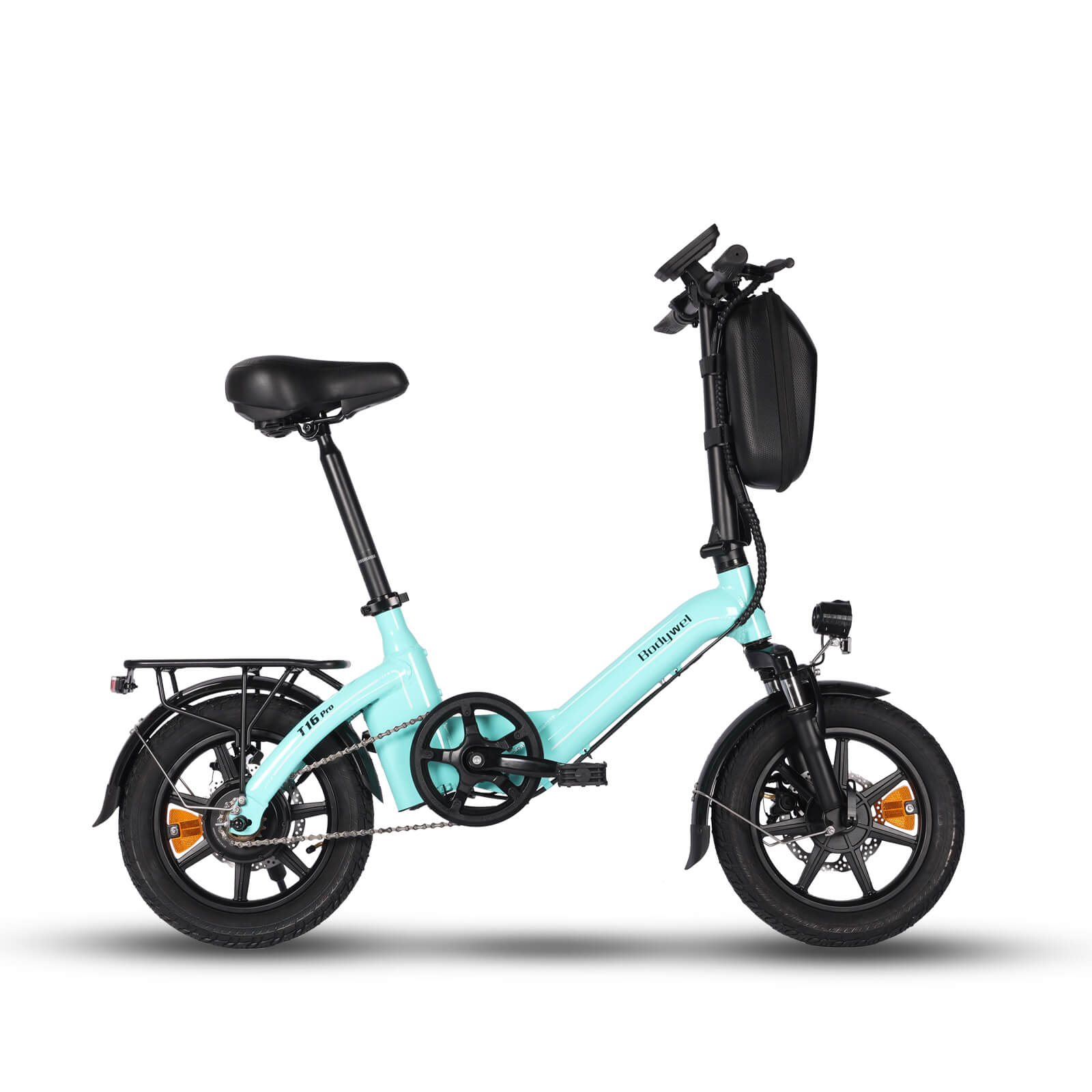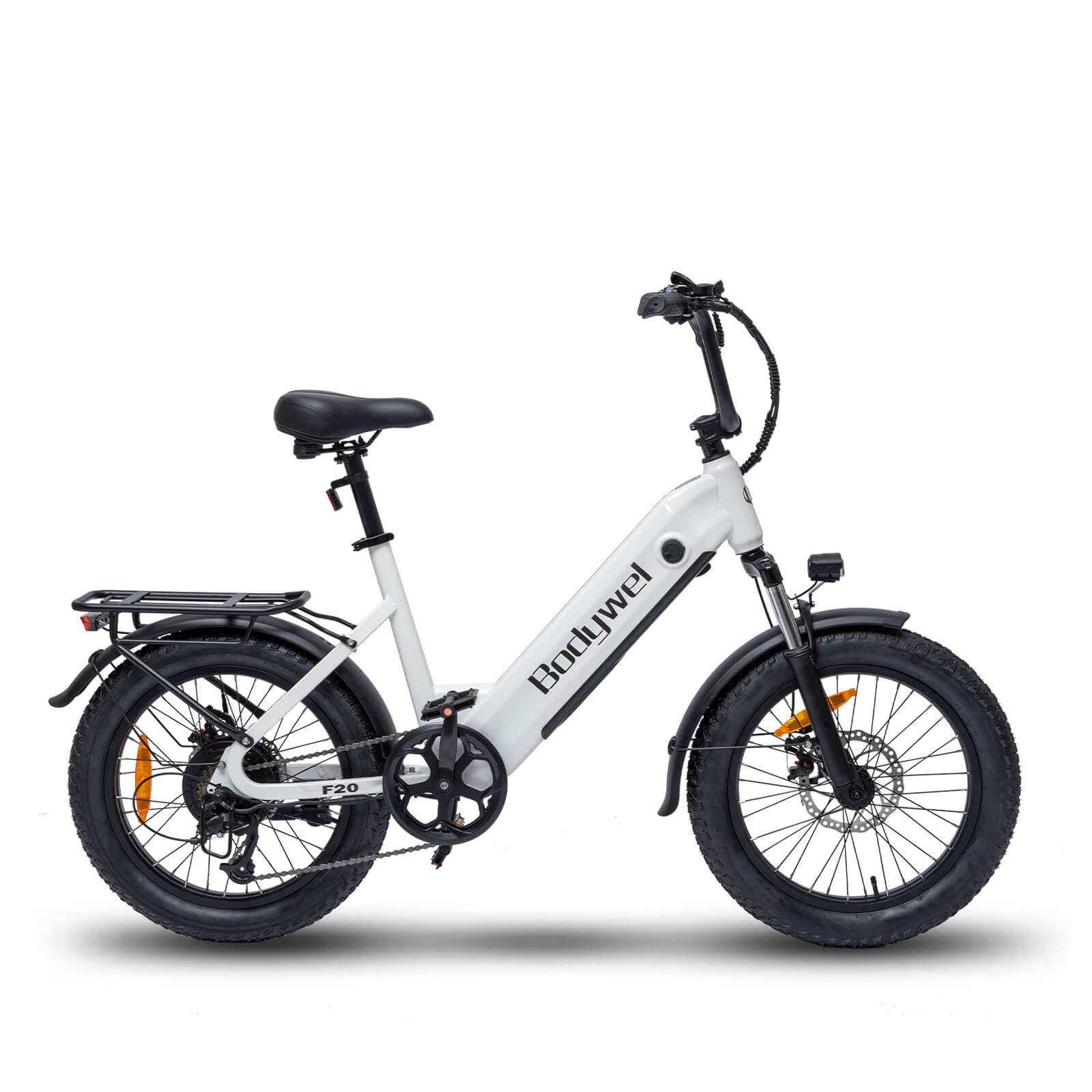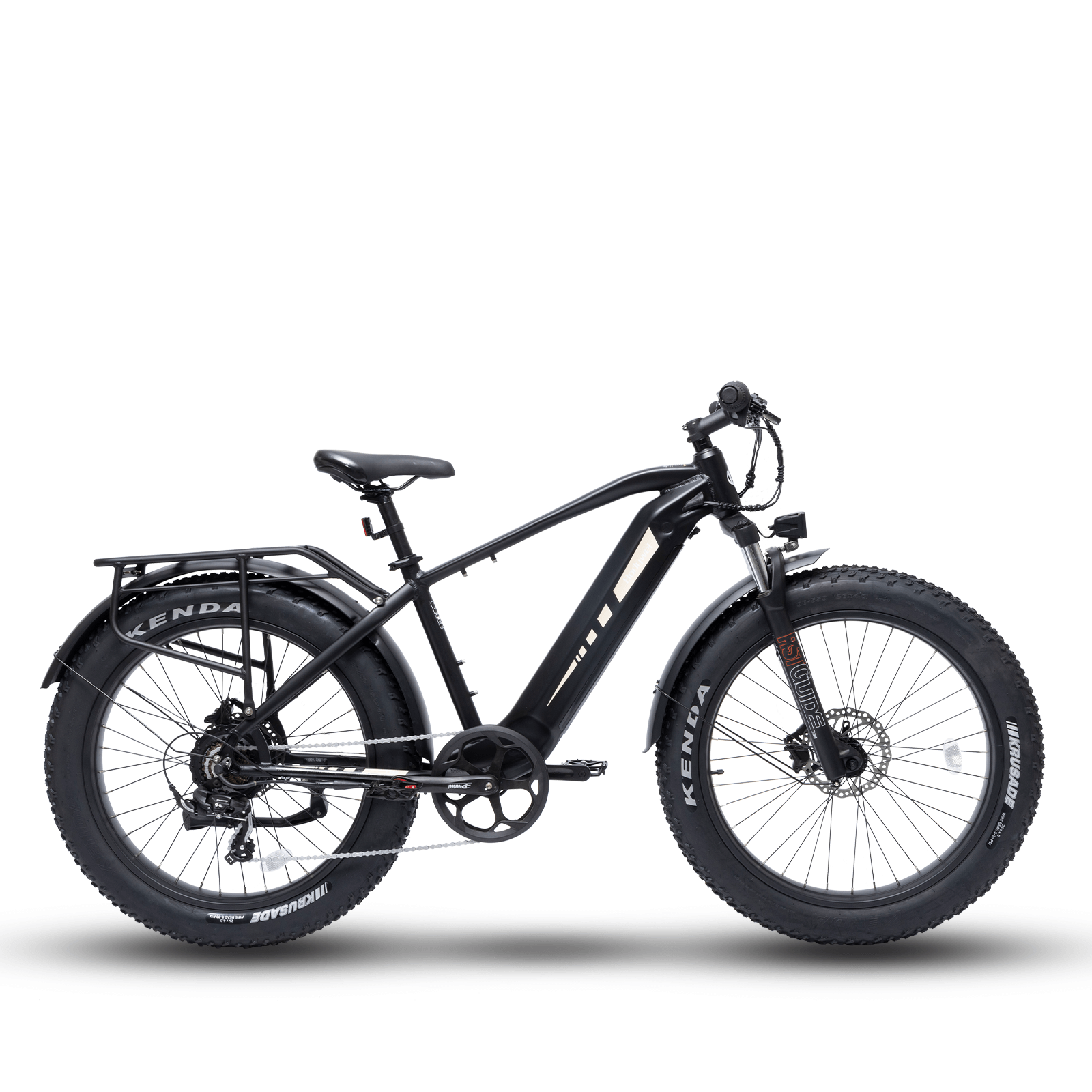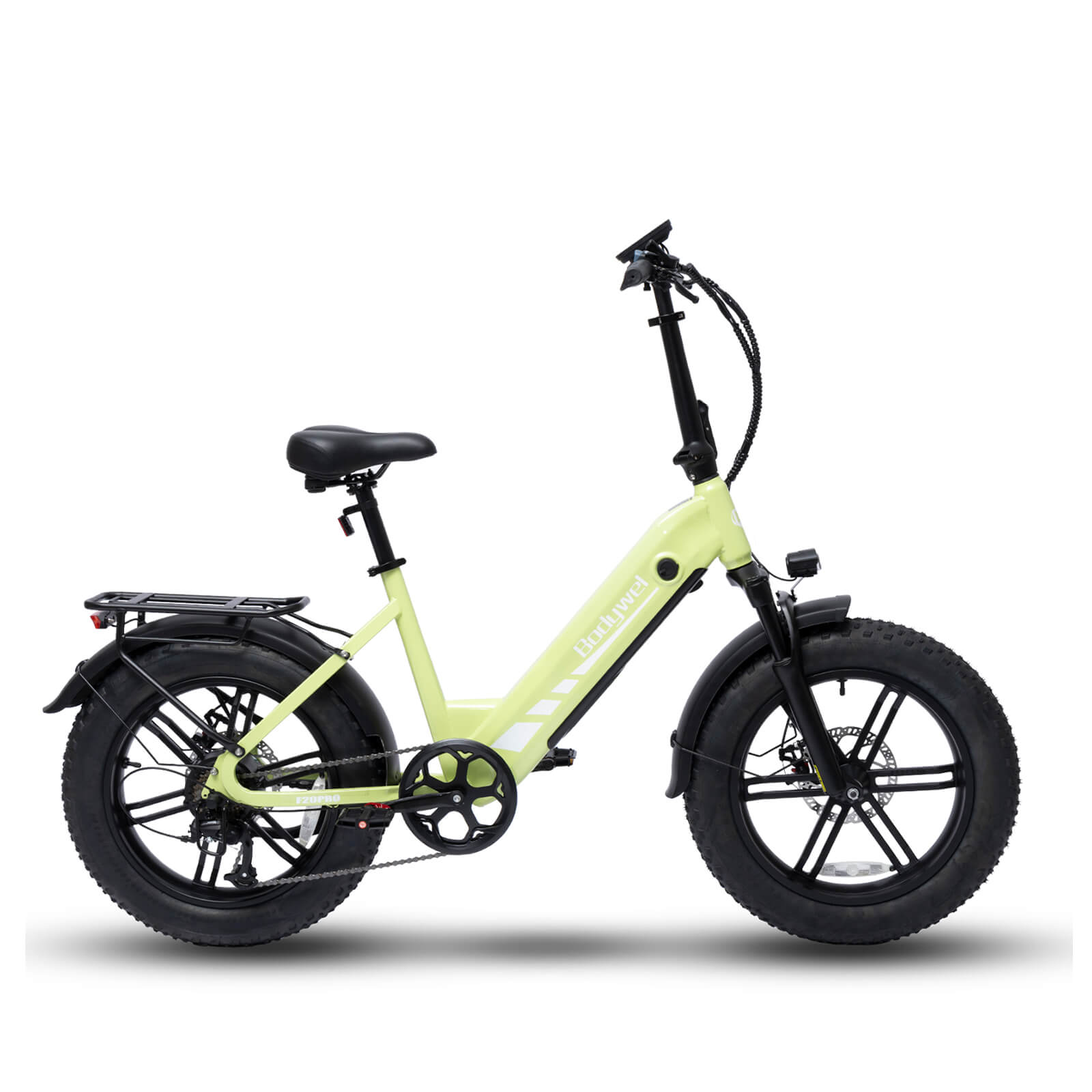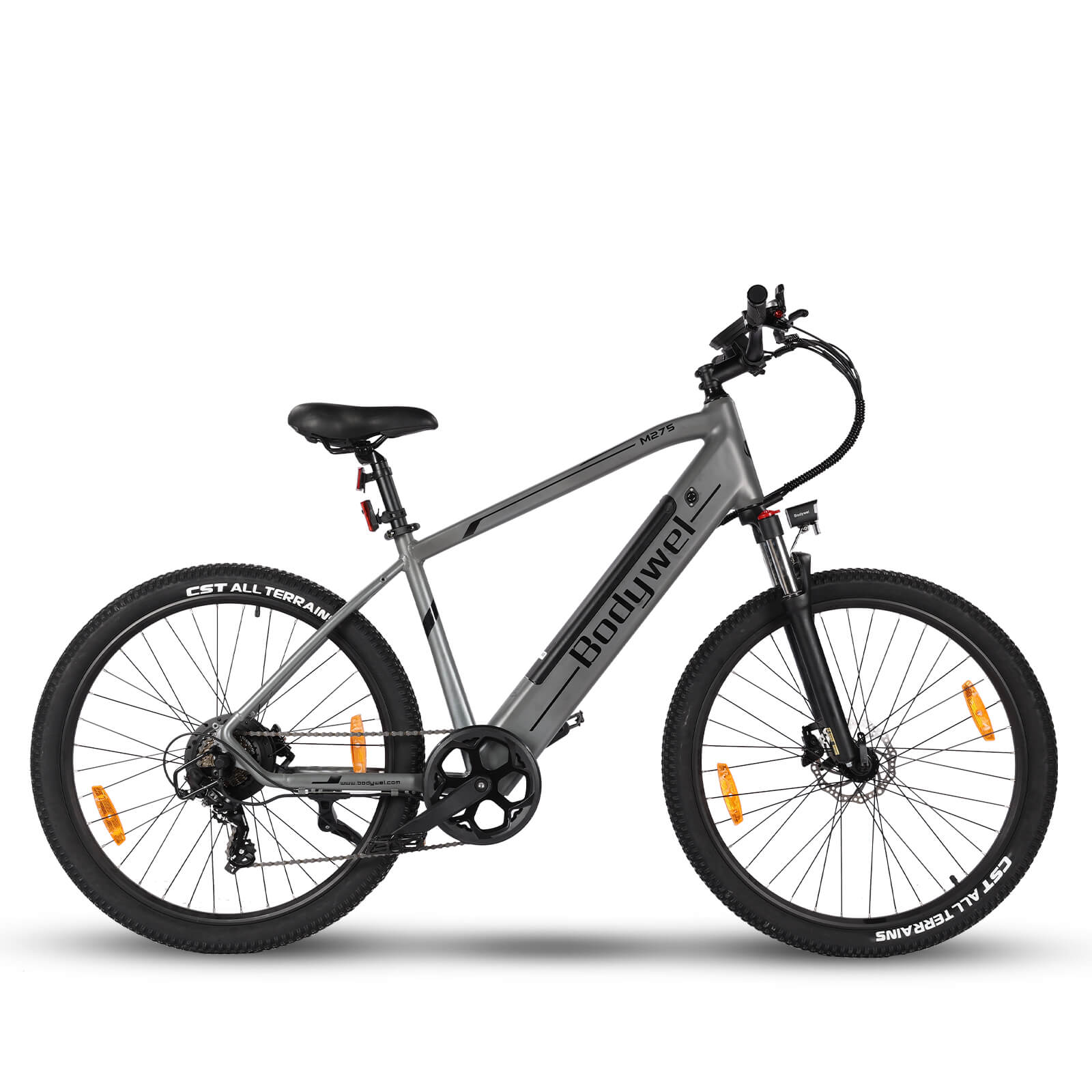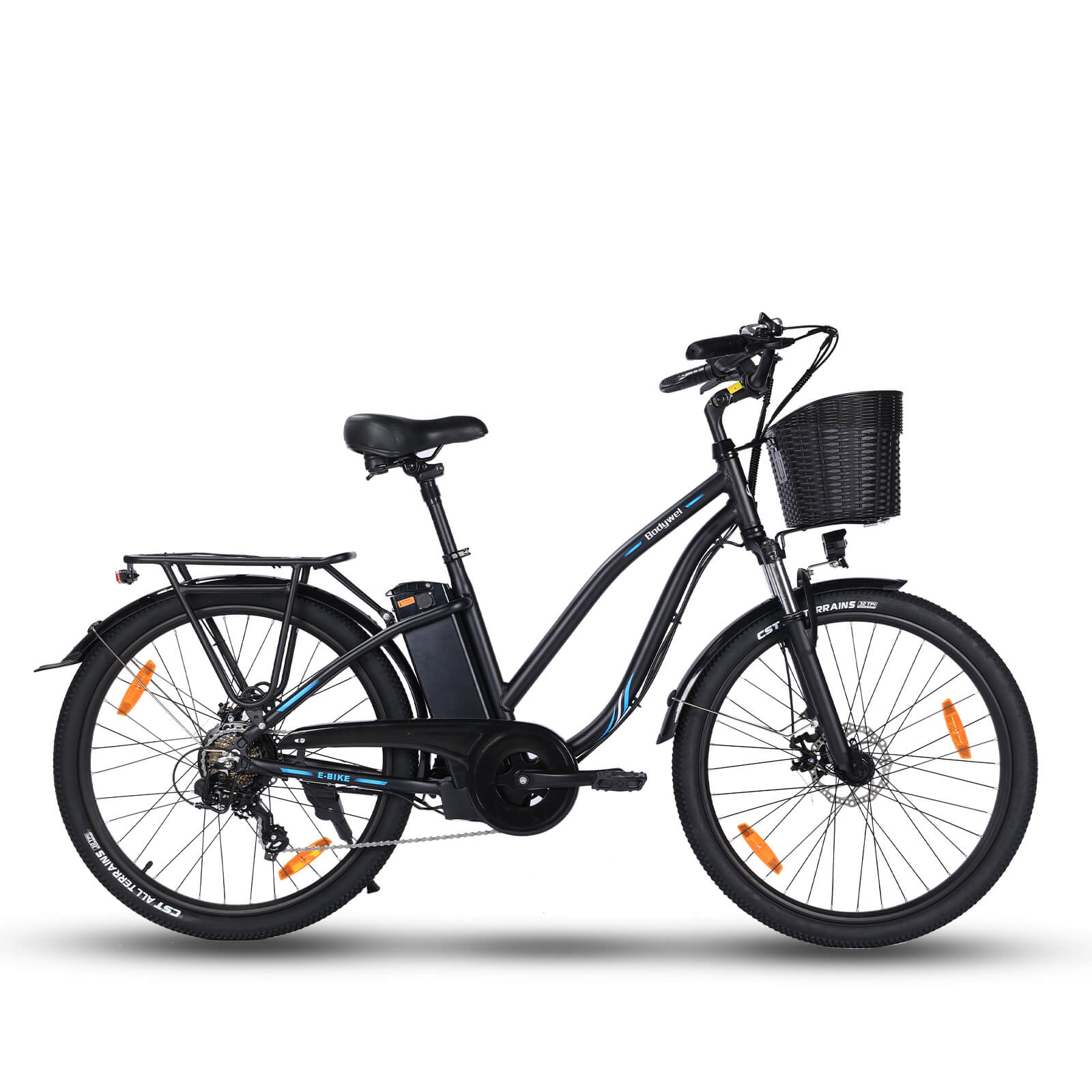Win Ebike Races: 5 Pro Strategies voor buiten fietsers

Het winnen van e-bike-races vereist meer dan alleen snelheid – het vereist strategie, voorbereiding en technische beheersing. Deze gids onthult 5 professionele tactieken om buitenfietsers te helpen e-bike-wedstrijden te domineren, van het optimaliseren van het vermogen tot het beheersen van het tempo op de wedstrijddag.
Master Power Management
Om e-bikewedstrijden te domineren, is nauwkeurige controle over de motorondersteuning cruciaal. In tegenstelling tot traditioneel wielrennen vereist elektrisch fietsen een evenwicht tussen menselijke inspanning en accuverbruik. Toprenners gebruiken energie-explosies voor beklimmingen en technische secties en besparen energie op vlakke stukken.
Assistentieniveaus optimaliseren
De meeste performance e-bikes bieden 3-5 ondersteuningsmodi. Vermijd tijdens het racen constante maximale ondersteuning – dit trekt de accu snel leeg. Gebruik in plaats daarvan adaptieve verschuiving: schakel tussen modi op basis van het terrein. Schakel bijvoorbeeld alleen over naar de Turbo-modus tijdens steile beklimmingen of inhaalmanoeuvres. Volgens UCI e-cyclingreglementkan deze techniek de efficiëntie met 18-22% verbeteren.
Aerodynamische positionering
Het verminderen van de luchtweerstand wordt nog belangrijker bij e-bikesnelheden (25-45 km/u). Neem een compacte houding aan: gebogen ellebogen, een vlakke rug en een laag hoofd. Test verschillende houdingen tijdens de training om je optimale houding te vinden. snelheid-comfortverhoudingHoud er rekening mee dat sommige eMTB-races extreme aerosturen verbieden. Controleer altijd de regels van het evenement.
Analyse van het parcours vóór de race
Verken de route om belangrijke segmenten te identificeren waar elektrische ondersteuning het meeste voordeel biedt. Gebruik apps zoals Strava Om hoogteprofielen en de tussenstanden van eerdere winnaars te analyseren. Markeer locaties voor stroomstoten, herstelzones en mogelijke passeerpunten – deze tactische voorbereiding scheidt podiumfinishers van deelnemers.
Strategisch batterijgebruik
Bij duursportevenementen met e-bikes is het batterijbeheer vaak doorslaggevend voor de overwinning. Bereken je wattuur (Wh) per kilometer op basis van trainingsgegevens. Voor wedstrijden met meerdere ronden gebruiken sommige professionals batterijwissels halverwege de race Waar toegestaan. Neem altijd een reservelader mee voor pitstops tijdens langeafstandsuitdagingen.
Geavanceerde ontwerptechnieken
Hoewel draften in e-cycling traditionele principes volgt, voegt gemotoriseerd tempo complexiteit toe. Houd een afstand van 0,5 tot 1 meter aan tot de koplopers om 20-30% energie te besparen. Time je ondersteuningsstoten op het ritme van de draft – deze synchronisatie maakt ontsnappingen in de laatste kilometers mogelijk. Oefen in groepsverband om deze vaardigheid te verfijnen.
Door deze vijf strategieën te implementeren – vermogensmodulatie, aerodynamica, koersintelligentie, accutactieken en slipstreambeheersing – verbeter je systematisch je prestaties op elektrische fietsen. Vergeet niet dat overwinningen op e-bikes net zo goed worden behaald door slimme energieverdeling als door pure snelheid.
0 comments




